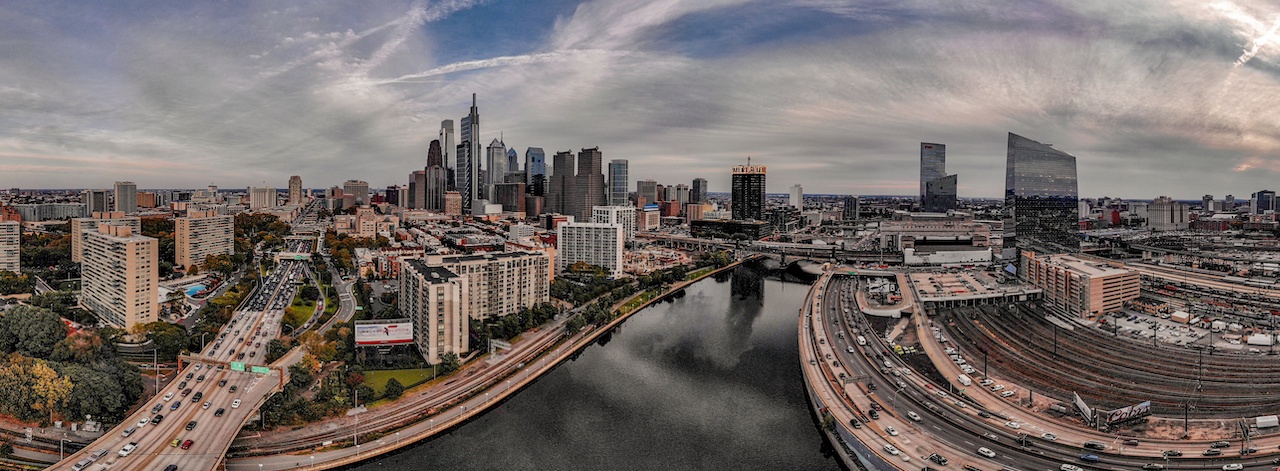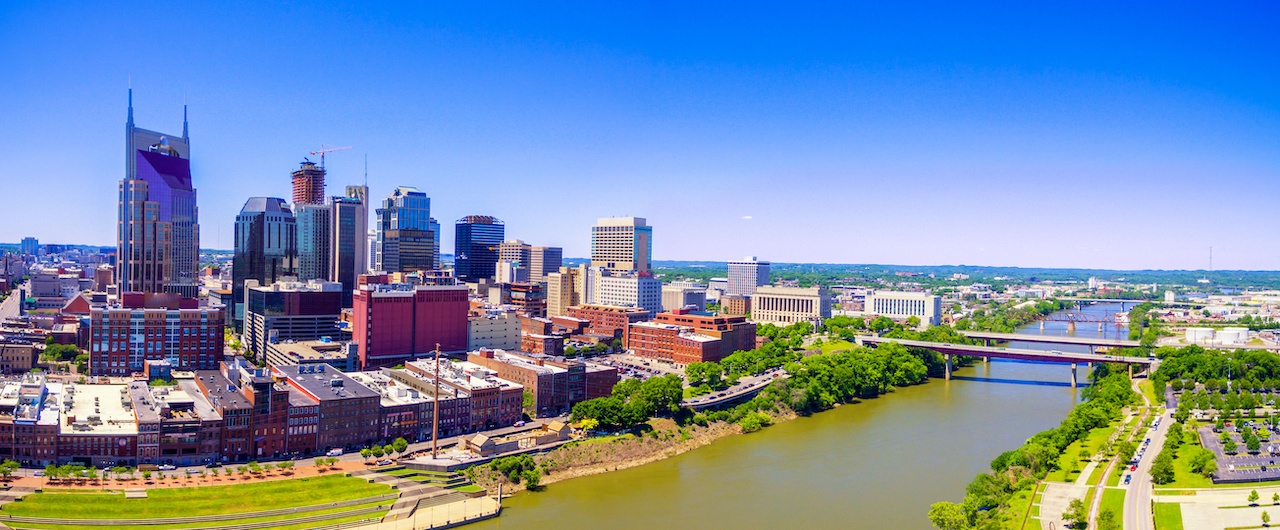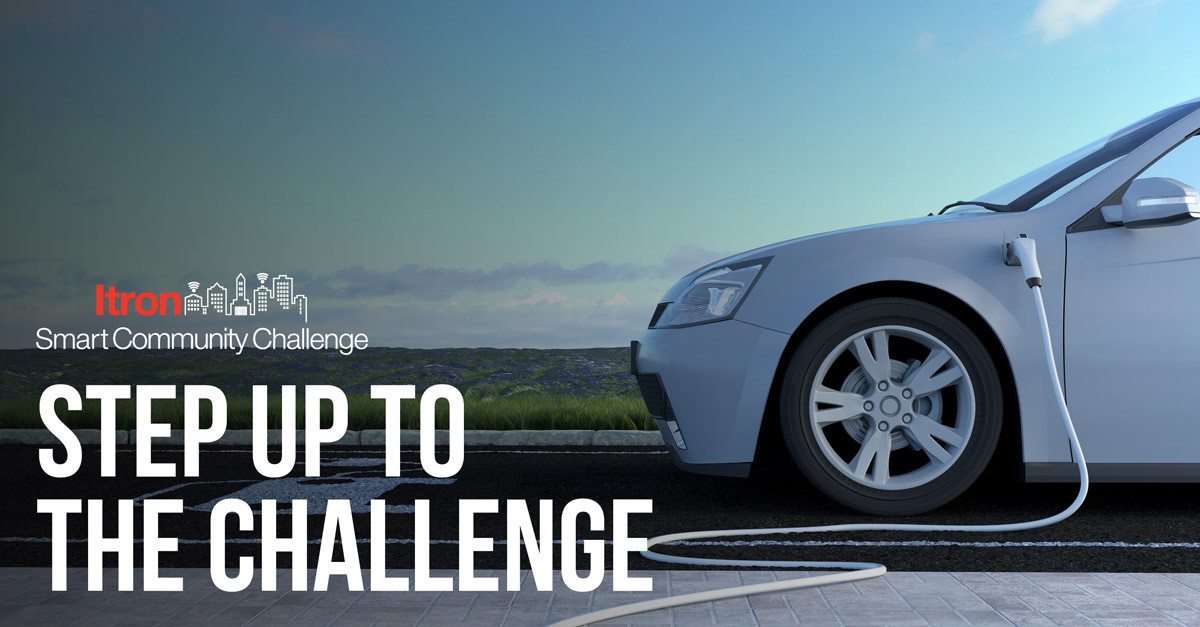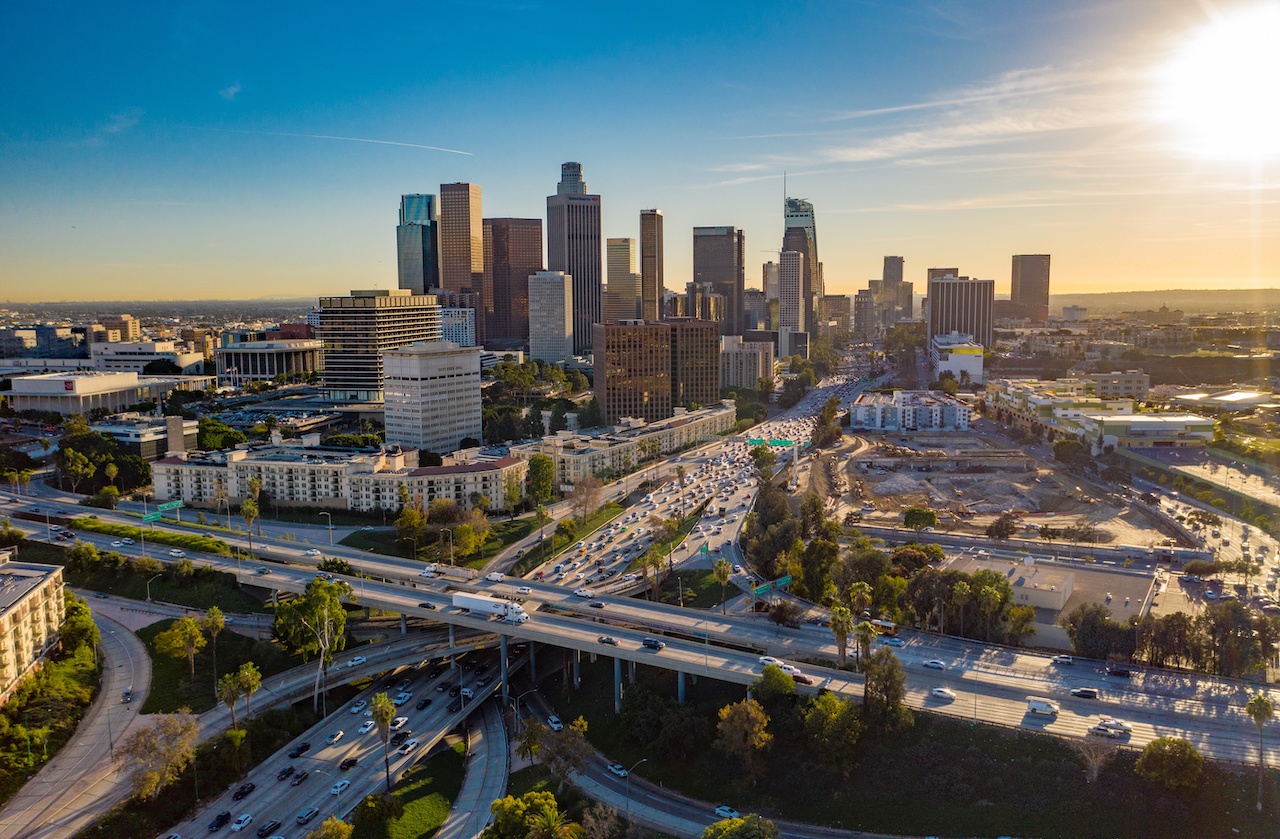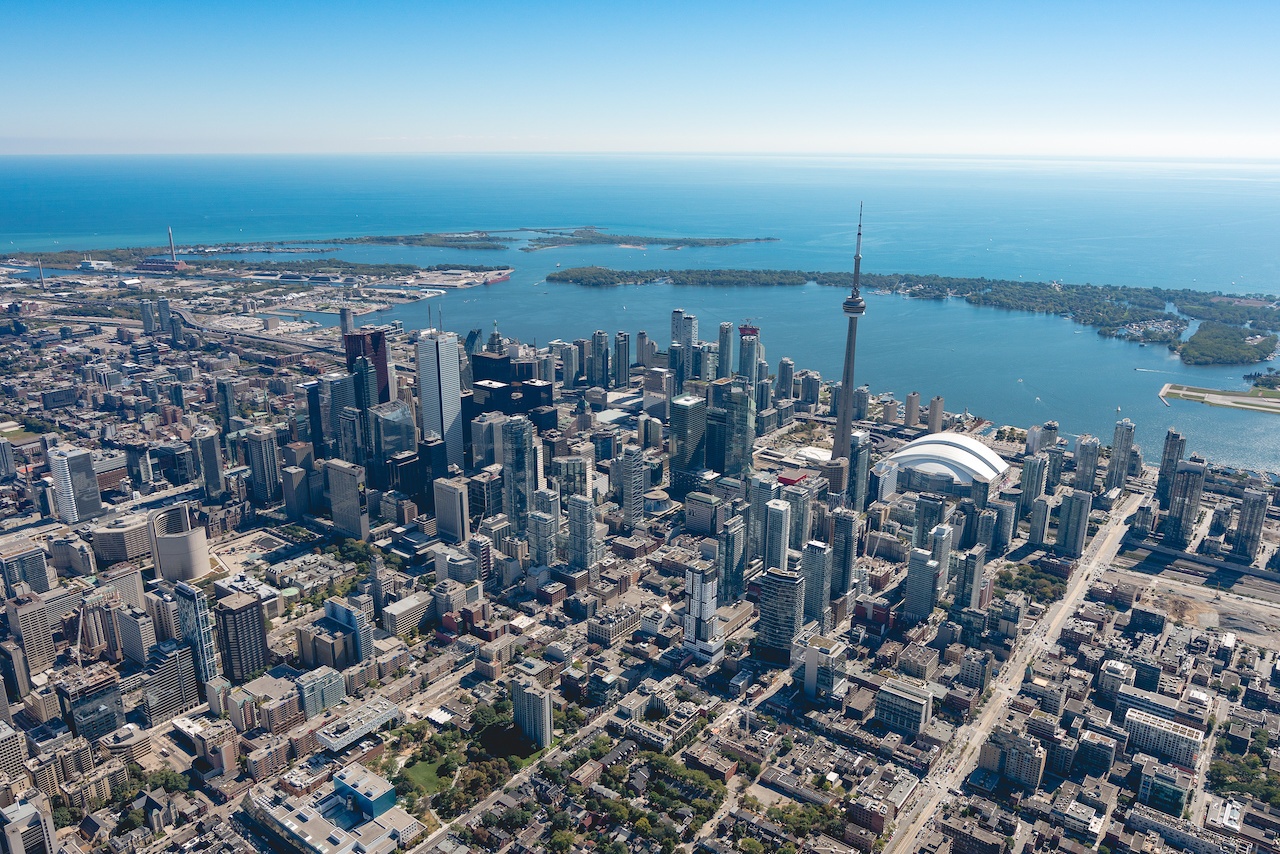Infrastructure
A broad category of content focused on infrastructure-related topics in cities.
Examples: the built environment, building management systems, smart lighting, airports, street design
Life is a Highway: Embracing Intelligent Transportation Systems
The introduction of intelligent transportation systems, which includes a broad network of smart roads, smart cars, smart streetlights and electrification are pushing roadways to new heights. Roadways are no longer simply considered stretches of pavement; they’ve become platforms for innovation. The ability to empower roadways with intelligence and sensing capabilities will unlock extraordinary levels of safety and mobility by enabling smarter, more connected transportation systems that benefit the public and the environment.
Communications Networks Are Key to Bridging the Digital Divide
The current reality of a worldwide pandemic, combined with the ability to communicate worldwide digitally, have almost instantly reshaped the world. It will never be the same again. And while our future may not always be one of masks and social distancing, it is sure...How to Scale Innovative Financing Solutions for Green Infrastructure
Historically, like most urban infrastructure, green infrastructure has been the responsibility of local governments. Green infrastructure is rarely seen a priority for local governments because its value is not always obvious or quantifiable. Growing pressure on municipal budgets, and many competing priorities for funds, has decreased the focus on green infrastructure. An additional challenge for local governments to scale the implementation of green infrastructure is the ability to invest in it in the first place, as green infrastructure depends almost entirely on public financing.
The biggest roadblock for implementing and scaling green infrastructure is the financing. We urgently need innovative financing solutions that will alleviate the financial burden of the public sector by strategically involving the private sector. The private sector can drive the uptake of green infrastructure through capital investments and implementation support, while reaping the social, environmental, and financial benefits. These actions from the private sector can help mainstream infrastructure that is smart, sustainable, and resilient to a changing climate.
Laying the Foundation for Smart Communications Networks
Advanced communications networks pave the way for data mining and real-time crowdsourcing across social media platforms. For example, StreetLight Data, based in San Francisco, combines Big Data with transportation knowledge to enable smarter mobility. In Columbus, Ohio, the company has identified a link between transportation issues and infant mortality rates, noting that low-income neighborhoods often do not have easy access to health care facilities, and by using transportation data, the city can increase accessibility and reduce mortality rates.
COVID-19 is Creating the Largest Ever Telecommunity, But Not for Everyone
Social distancing is becoming the new normal, at least for those of us who are heeding the Center for Disease Control’s warnings and guidelines. But if you don’t have reliable, high-speed broadband, it is impossible to engage in what is now the world’s largest telecommunity. As many schools and universities around the world (including those of my kids) are shut down, these institutions are optimistically converting to online and digital learning. However, with our current broadband layout, this movement will certainly leave many Americans behind.
Itron Smart Community Challenge: Transforming the Grid with Electric Vehicles
In 2020, we begin a new decade in which vehicle electrification is becoming a dominant force in reshaping the electric grid. A transformation of this scale presents a significant opportunity for utilities. Utilities realize that electric vehicles (EVs) will play a...Why Cities Should Support Right-of-Way Charging
Cities that are serious about reducing carbon pollution from transportation need to promote walking and biking, expand transit and micro-mobility services, manage development, and use pricing to reduce traffic and parking congestion.
Many of these steps are designed to reduce the use of single occupancy cars. At the same time, though, cities will also need to electrify everything that moves, including those passenger cars. Just as our approach to solid waste requires a “reduce, reuse, recycle” approach, city transportation policy needs to pursue a “both-and” strategy. Making it easier to use an electric car does not conflict with encouraging alternative transportation options, any more than making it easier to recycle conflicts with discouraging single-use packaging.
Building for Resiliency in a Floodplain
Knowing that flooding is inevitable, we moved forward with developing the Brick Works site by testing new green design features that would mitigate risk and withstand most rain events. Stormwater management ponds collect water from the central parking lot; greenways and other hard surfaces filter sediment in the water before it’s released into the Don River. We also built out the site with wet flood-proofing, which allows water to flow in and out of buildings instead of preventing it from entering. A raised floor made of Cupolex allows water, moisture, and gases to escape from beneath the floor. Elevators default to the second floor, and mechanical systems are located above the projected water level from even the most severe flood. These measures are meant to minimize damage rather than stop the flood, and they were successfully put to the test during spring floods in 2012 and again in 2013.
5 Ways to Make Our Cities More Age-Friendly
Cities and towns across Massachusetts are starting bench programs, and helping seniors to stay active and healthy by making it easier for them to continue walking in their neighborhoods. As with many improvements to the walking environment, small changes can make a big difference in the quality of life for all members of the community.
How Stormwater Infrastructure Balances Utility and Placemaking
I see the outcomes of Duke Pond as a representation of the importance of the profession of landscape architecture in today’s world. Once obscured by the glaring light and booming voice long-generated by building architects, landscape architects are steadily emerging as the designers needed to tackle complex 21st century problems. As both leaders and collaborators, their work is addressing the effects of rising sea level on coastal cities, creating multi-modal pedestrian and vehicular transportation systems to reduce carbon emissions, reimagining outdated infrastructure as great urban places, and as with the case of Duke Pond, mitigating the impacts of worsening drought.
Rethinking Coastal Property in an Era of Climate Change
The country has provided hundreds of billions of dollars to recover from recent coastal storms but done little to rethink the existing policies and programs that contribute to coastal property losses, or to define new measures that account for the new realities of more damaging storms and rising sea levels.
A key first step toward smarter policies is to improve disclosure of risk associated with coastal properties. This will require better mapping of areas at risk of both storms and rising seas. National standards are needed for disclosure of coastal flood risk prior to sale. Lenders and supporting agencies need to evaluate and disclose coastal flood risk.
Four Cornerstones for Integrating Water and Energy Systems
The water-energy nexus is not new. The concept that our water and energy systems are reliant on each other is sometimes paired with a third issue, like food security or public health. This can make it more relevant to our daily lives. Despite a basic understanding of resource interdependencies, city and utility leaders still allow planning and implementation processes to remain predominately separate. A common local scenario finds the water utility facing system upkeep alone, the energy utility not considering other utility issues or city goals as they operate, and city leaders generally focused on more visibly troublesome urban systems, like housing or transportation.

